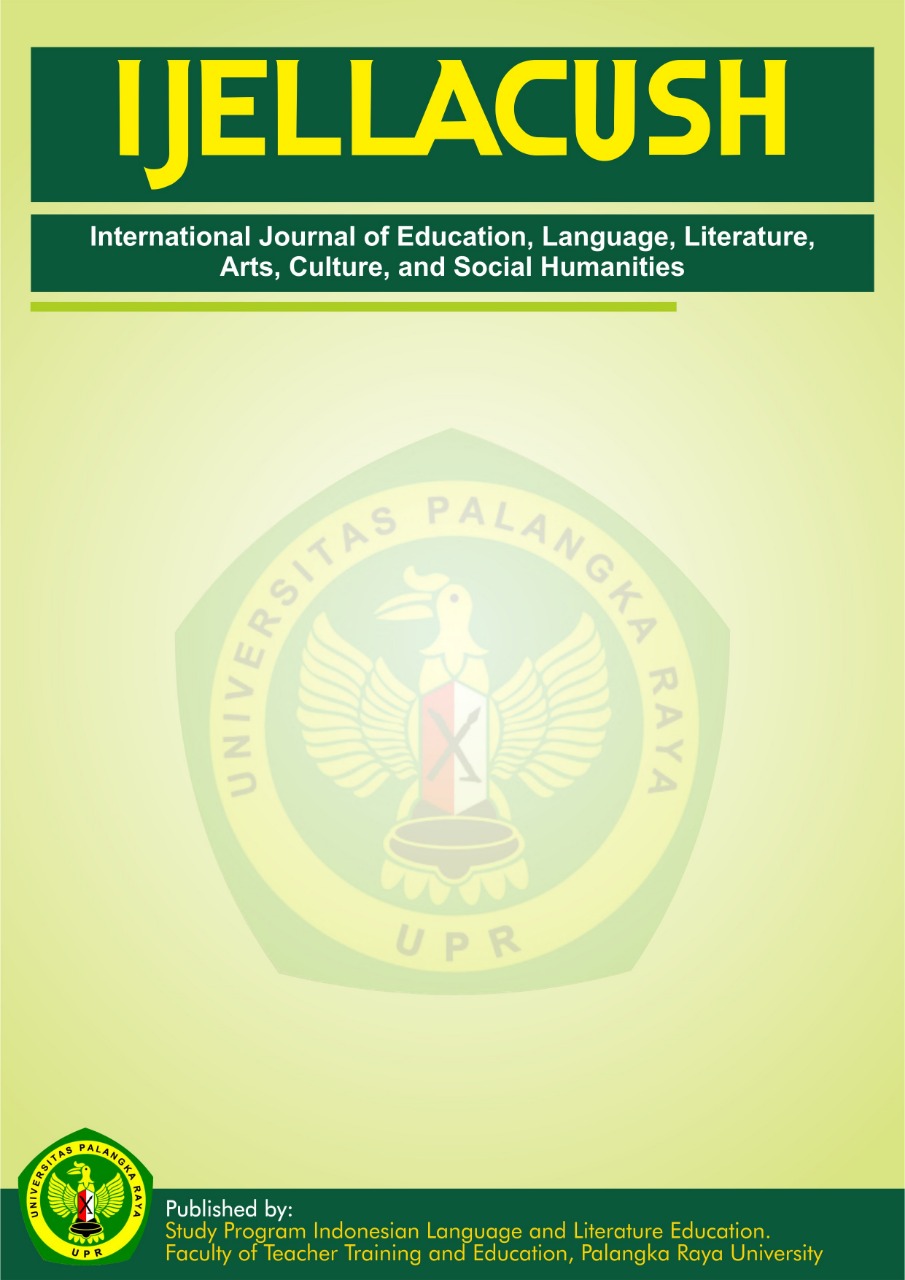Legal Analysis Of Marine Inspector's Duties and Responsibilities in Conducting Ship's Seaworthiness Tests
Research Study on Batam Special KSOP
DOI:
https://doi.org/10.59024/ijellacush.v2i4.939Keywords:
Duties and Responsibilities, Marine Inspector, Ship Airworthiness TestAbstract
The importance of the role of Marine Inspectors in ensuring the safety and security of shipping through ship seaworthiness tests, which are regulated in various laws and regulations. However, the implementation of the duties and responsibilities of the Marine Inspector at the Batam Special KSOP still faces various obstacles that affect the effectiveness and efficiency of ship inspections. The purpose of this study is to analyze juridically the duties and responsibilities of the Marine Inspector in conducting a shipworthiness test at the Batam Special KSOP, identify the obstacles faced, and provide suggestions to overcome these obstacles. The research method used is a normative juridical method with an analytical descriptive approach, which involves the study of legal documents, as well as empirical juridical with case analysis, and interviews with related parties at the Batam Special KSOP. The results of the study show that Marine Inspectors at the Batam Special KSOP have a very crucial role in maintaining shipping safety, but they face significant obstacles such as limited human resources and equipment, lack of continuous training, and suboptimal coordination between agencies. Low compliance from ship owners and operators is also a major challenge in carrying out their dutie. Suggestions for addressing these obstacles include increasing the number and competence of Marine Inspectors through ongoing recruitment and training, investing in modern equipment and digital technology, and improving inter-agency coordination through the establishment of regular coordination forums. In addition, strict law enforcement against violations of safety standards and increased education and socialization to ship owners and operators are expected to increase compliance and awareness of the importance of shipping safety. With the implementation of these measures, it is hoped that Marine Inspectors can carry out their duties more effectively, so that the safety and security of shipping in Batam City can be guaranteed and improved.
References
Aditya, B. (2018). Sejarah pelayaran Indonesia. Gramedia Pustaka Utama: Jakarta, hal. 28.
Arief Sidharta, B. (2016). Meuwissen tentang pengembangan hukum, ilmu hukum, teori hukum dan filsafat hukum. Refika Aditama: Bandung.
Erniyanti, & Purba, D. F. (2024). Penataan penegakan hukum maritim menuju Indonesia maju. Gita Lentera: Batam.
F.D.C. Sudjatmiko. (2009). Pokok-pokok pelayaran niaga. Akademika Pressindo: Jakarta.
Hamzah, A. (2014). Laut teritorial dan perairan Indonesia (Himpunan peraturan). Akademika Pressindo: Jakarta.
Hartanto, A. (2018). Penyidik PPNS dan wewenangnya. Penerbit Buku Kompas: Jakarta, hal. 125.
I Nyoman Wiranata. (2018). Pembaharuan agraria di Indonesia: Antara gagasan dan implementasi kebijakan. PT Pustaka Alvabet: Jakarta.
Muctahruddin Siregar. (2011). Beberapa masalah ekonomi dan manajemen pengangkutan. Lembaga Penerbit Fakultas Ekonomi Universitas Indonesia: Jakarta.
Muhajir, N. (2010). Metodologi penelitian kualitatif. Roke Sarasin: Jakarta, hal. 92.
Sapto Sardjono. (2014). Beberapa aspek hukum laut privat di Indonesia. Mikamur Express: Jakarta.
Wawancara dengan Pegawai KSOP Khusus Batam pada 4 Juni 2024.
Yudistira, B. (2016). Hukum perhubungan laut Indonesia. Penerbit Buku Deepublish: Yogyakarta, hal. 37.
Downloads
Published
How to Cite
Issue
Section
License
Copyright (c) 2024 International Journal of Education, Language, Literature, Arts, Culture, and Social Humanities

This work is licensed under a Creative Commons Attribution-ShareAlike 4.0 International License.








